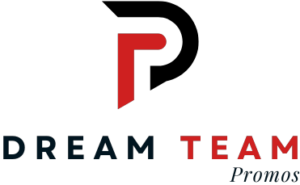An effective web designer portfolio is essential to every graphic designer’s career. It enables prospective clients to view your body of work without going through many links and resources; yet for it to work successfully it must be planned out with care and strategy in place.
We will cover in this post the importance and process for building your portfolio for web design.
The importance of having a web design portfolio
Whether you’re a freelancer or part of a web design company in West Palm Beach, an impressive portfolio will set you apart from competitors. Here’s why you should dedicate time and effort when creating your portfolio:
1. Showcasing your skills and expertise
An effective web design portfolio showcases your expertise in various facets of website design – user interface (UI) design, user experience (UX) design, visual design and more.
Provide clients or employers with concrete evidence of your abilities; demonstrate your hands-on expertise in crafting visually impressive and functional websites.
2. Building trust and credibility
Quality web design portfolio sites help build credibility as a web designer. When prospective clients or employers see examples of your past work, they gain faith in you as they gain greater assurance in your abilities and are more likely to trust you as an artist.
3. Differentiating yourself from the competition
As competition in web design remains intense, standing out is critical. One way of doing this is through developing an engaging portfolio site which showcases your distinct style, approach, and solutions.
Tips for creating web design portfolios
If you’re creating a web designer portfolio website for the first time, the following tips would be very useful:
1. Select your best work
Quality always outshines quantity when creating a design portfolio. Instead of including every project ever worked on, carefully choose only your best work and include that.
Make sure to select projects that demonstrate your capabilities in various aspects of web design, remembering it’s better to have some standout pieces than an array of average ones.
2. Organize your portfolio effectively
Organization is key when creating an efficient graphic and web design portfolio for easy browsing and user satisfaction. Categorizing projects according to industry, project type or style should help users easily find what they are searching for.
This allows potential clients or employers to quickly find examples that align with their specific requirements. The same goes if you’re working as a web developer West Palm Beach.
3. Highlight your role and contribution
As part of any portfolio presentation, it’s vitally important that each project showcases your role and contribution clearly. Whether you were responsible for every element of design yourself or worked alongside a team on collaborative efforts, make sure credit goes where due.
Look at other web design portfolio examples for inspiration.
4. Showcase diverse skills and styles
Versatility is of utmost importance in web designing; prospective clients and employers often look for designers capable of adapting to various styles and project needs.
At their core, web design portfolio sites should showcase different kinds of sites such as e-commerce stores, corporate portals or personal blogs – in various design styles – whether minimalistic, colorful and bold or elegant and sophisticated – to show what type of designs can be accomplished through web design.
5. Focus on user experience
Web design should focus on user experience, with great portfolios emphasizing accessibility, intuitive navigation and visual elements that draw the user in.
Your portfolio should be easily navigable if your aim is to attract large companies as potential employers.
Conclusion
Being organized when it comes to web design is both beneficial and essential if you hope to win new projects, with all your best work readily accessible when necessary. A well-made portfolio can not only help land new projects but can also keep all your greatest works in one convenient spot and easily accessible when required.
Just keep in mind that even as much as aesthetics is important, functionality should never be overlooked.













